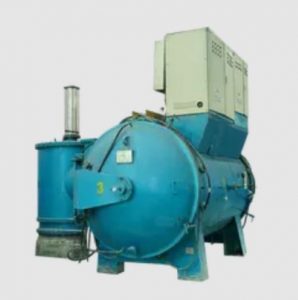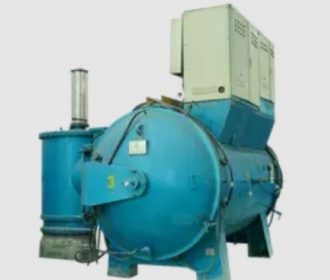What Is A Vacuum Furnace?
A vacuum furnace is a type of heating equipment with lots of components used in a vacuum surrounding. Generally, it is composed of vacuum vessels, hot zones, pumping systems, cooling systems, and temperature & vacuum control systems. Among them, the hot zone is the heart of a vacuum furnace because it largely affects the process quality, the temperature, the pressure, and the operating cost.

What Are the Benefits of A Vacuum Furnace?
A reliable vacuum furnace comes with the following advantages.
- Less Heat Loss: There is no air in the chamber, so there would be less heat loss caused by air convection. Additionally, the temperature in a vacuum furnace is well controlled within the hot zone.
- Less Contamination: A vacuum furnace features low contamination by carbon, oxygen, and other gases since there is no air inside.
- High Purity: The pumping systems remove low-temperature by-products, so we could get a higher purity end product.
- Controlled Process: The process can be computer-controlled.
With these desired properties, vacuum furnaces are used to carry out heating processes such as annealing, sintering, brazing, hardening, and tempering.
Why Choose Molybdenum for Vacuum Furnace?
Molybdenum is used to manufacture vacuum furnace apparatus for the good points below.
- High Melting Point: Molybdenum has a high melting point of 2,623 °C (4,753 °F). Only tantalum, tungsten, and carbon have higher melting points.
- High Hardness at Elevated Temperature: Molybdenum is a strong grayish metal with a Mohs hardness of 5.5.
- Perfect Thermal Properties: Molybdenum metal has high thermal conductivity, a low coefficient of expansion, and remarkable thermal shock resistance.
- Great Resistance: This refractory metal is highly resistant to corrosion and creeps.

Recent Comments